Virtual Exhibit Project
Faculty of Education, Ontario Tech University
EDST 2120U: Culture and Digital Technologies
Dr. Anna Rodrigues
Presented by Emily Mclennan, Marco Pereira & Maciej Siarkiewicz
An Introduction to
Northern Portugal
Cultural Dancing
Exploring the Rhythms of Tradition
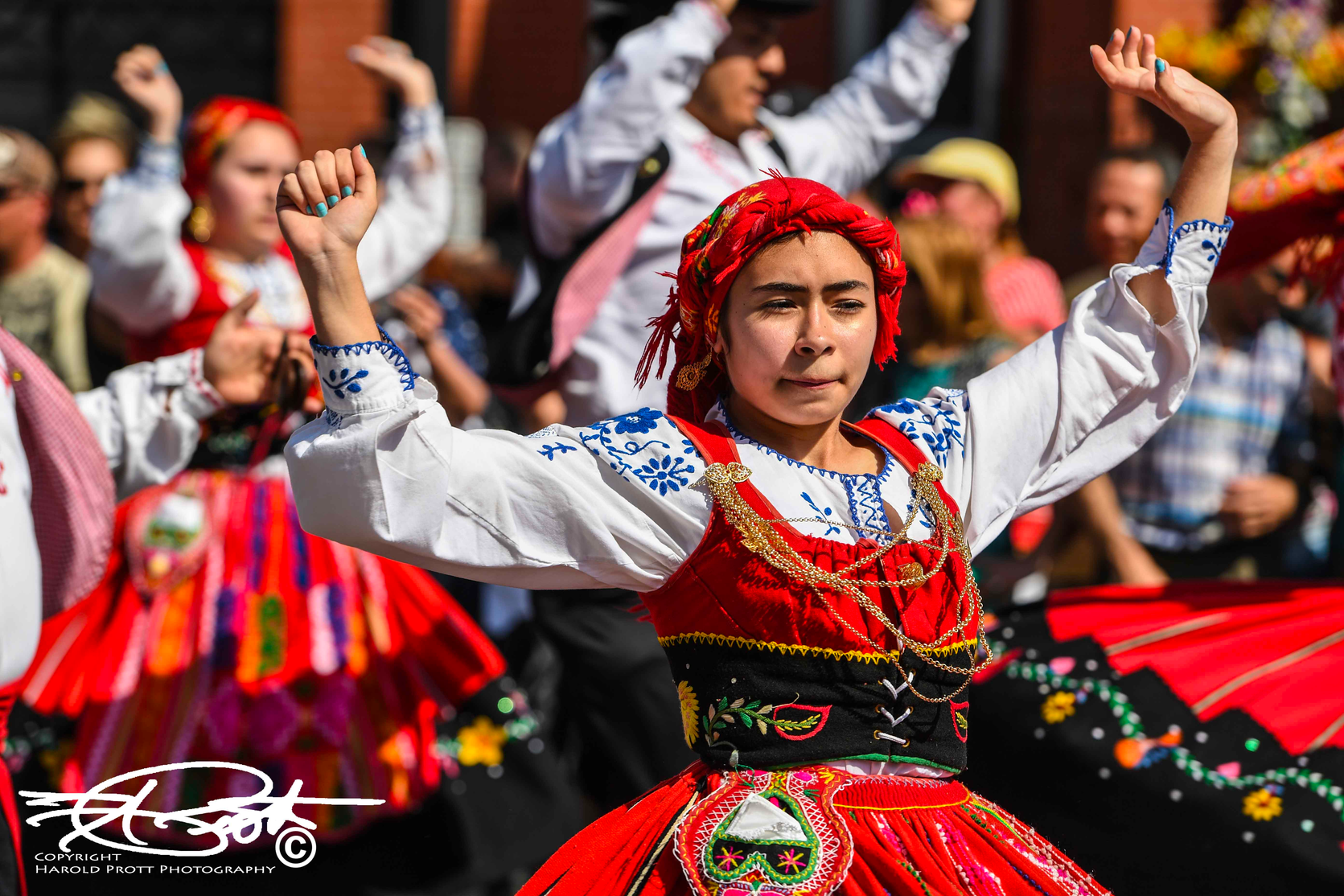
(Newark Happening, n.d.)
Introduction & Bios
Welcome! Explore the intricacies of Northern Portuguese Cultural Dancing as you navigate through our virtual exhibit. Throughout the website, you will immerse yourself in this vibrant folk dance’s rich culture, history, and overall significance. An interview with a traditional dancer also awaits to help shed light on even more aspects of this culture and practice. Finally, engage visually with real-life pictures to enhance your learning experience. We trust you'll gather insightful information by the end of this presentation. Enjoy!

Emily Mclennan
“I have been an RECE with the DCDSB for the last nine years! I love to travel, camp and read.”
Marco pereira
“With a background in video production, I am now stepping into the world of education. I have also practiced Portuguese dancing for almost a decade!”
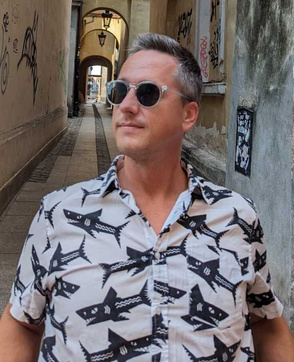
Maciej Siarkiewicz
“After ten great years working in graphic design, I am now on a new path to becoming an educator. I enjoy hiking, travelling and being creative.“
History
Traditional dances, commonly referred to as folk dances, hold a crucial place in Portuguese culture. Many will say these dance traditions come from rural communities and villages and have played a crucial role in shaping Portuguese dancing.
The traditional dancing is frequently showcased at festivals, cultural events, local celebrations, and religious gatherings, serving as a bridge between generations and ensuring the vibrancy of the country's cultural heritage. These traditions unite individuals and communities through dance and music, providing a platform for creative expression.
Depending on where in Portugal you live, many dances are specific to certain areas. For instance, the Vira and Chula are traditional dances originating from northern Portugal, while the Corridinho, Malhao, and Fandango have roots in different parts of the country. Often performed in pairs or groups, these dances contribute to a communal celebration of cultural identity and shared history.
(Alisovna, 2019)
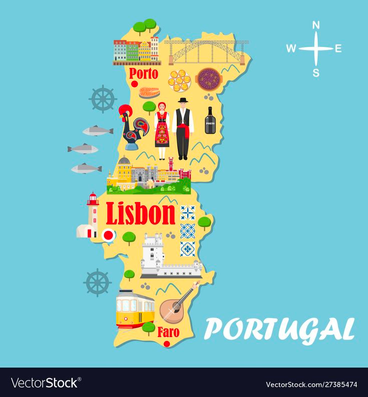



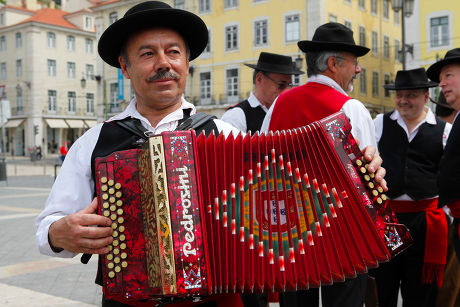
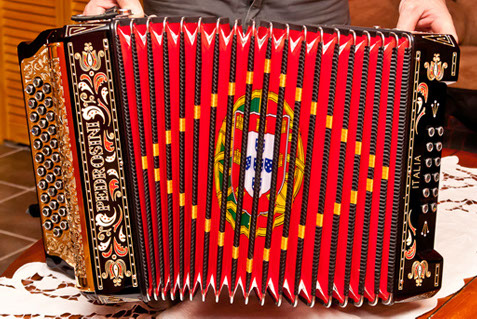
(Roman, 2013)
(Portuguese Folklore, n.d.)
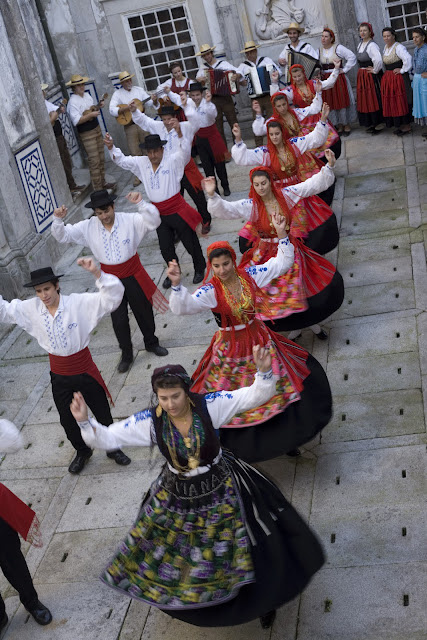
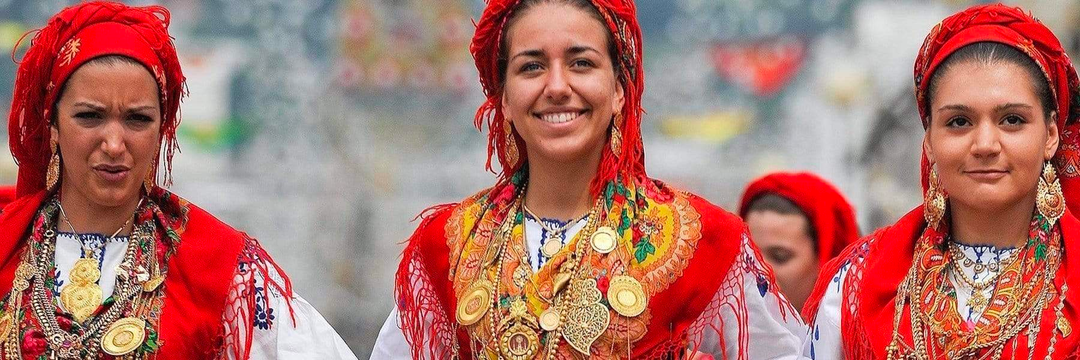
(Roman, 2013)
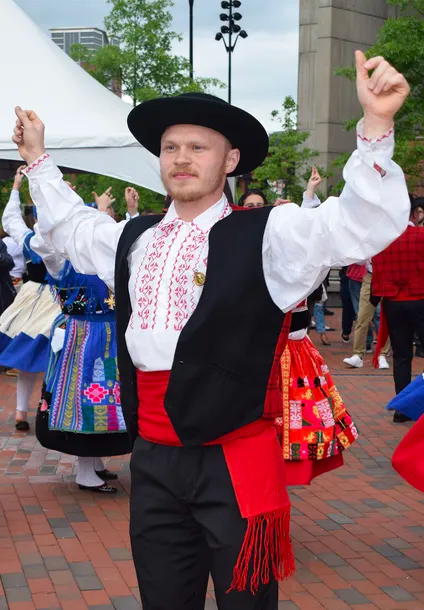
(Da Silva, 2023)
Traditional Costumes
The styles of the costumes worn by dancers are traditionally influenced by the region and social system to which they belong. Different dances and costumes in Portugal represent various regions.
Northern Portuguese dancers typically wear costumes like those shown on this page. Women typically wear vibrant, flowing outfits, choosing between dresses or skirts paired with coordinated tops. The colours worn by the dancers often represent certain aspects of their lives. The eye-catching colours of the typical red costume are meant to catch the eyes of the local men to show the beauty of the women. Finally, they would complete the ensemble with shoes and a matching hair scarf. Conversely, men opt for a more straightforward attire, donning trousers and long-sleeved tops, often accentuated with a vest and occasionally topped with a hat.
(Portugal the Simple Life, 2021)
Traditional Jewellery
Women would also proudly showcase traditional attire, featuring accessories crafted from exquisite filigree jewelry. These accessories, including an array of pendants, chains, bracelets, and earrings intricately woven from fine strands of gold, epitomize the art of filigree. While filigree jewelry is found in several European countries, Portugal stands out for its prolific production of these delicate pieces.
You would often find women stacking jewelry upon themselves in a show-offish way; this was done intentionally to showcase their wealth. They wanted to show how wealthy they and their families were to attract the eager eyes of men once again.
This jewellery’s creativity and unique shapes have become somewhat of an icon to the Portuguese culture, with Portugal’s Euro 2004 logo taking inspiration from the heart of Viana.
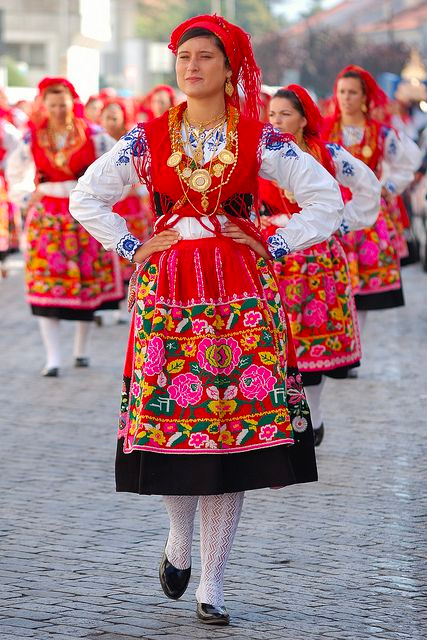
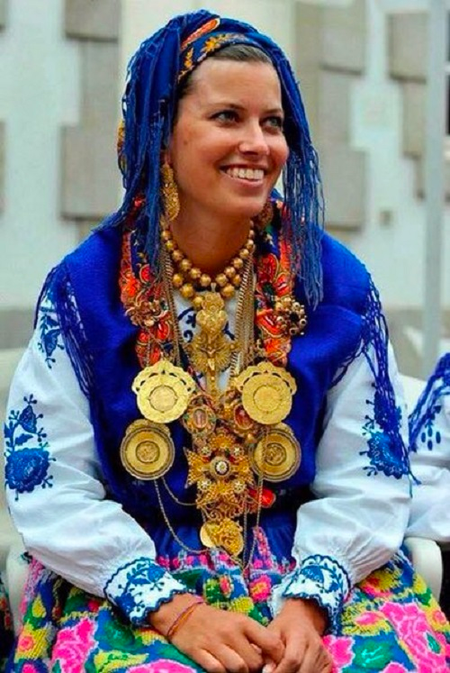
(Rosino, n.d.)
(Portuguese Filigree Jewellery, n.d.)
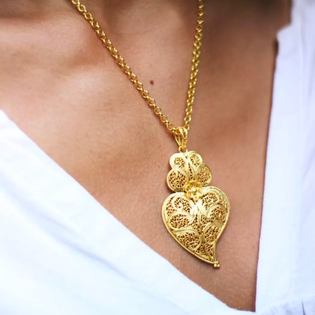

(Portugal Jewels, n.d.)
(Uefa euro, 2004)

Concertinas
(Forster, 2011)
Instruments
The music is such an integral part of the dancers’ performance. The most traditional instrument, the concertina, is the heart of the music. It plays and sounds very similar to an accordion (it differs from an accordion, as it has keys on both ends). Alongside the concertina are guitars, drums, the triangle, castanholas, and more; they all contribute to playing well-remembered tunes and allow the dancers to perform.
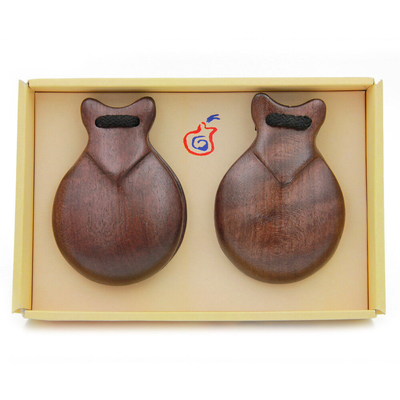
Castanholas
A percussion instrument
made with two pieces of wood
(Portuguese Folklore, n.d.)
Music
Some bands even record their music, to allow the dancers to practice even when the band cannot get together. This CD is from the Northern Portugal Cultural centre, which we’ll learn more about later
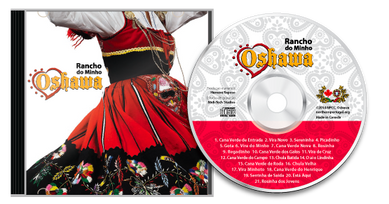
Cultural Significance
To say that cultural practices like Portuguese Dancing hold a significant cultural impact would be an understatement. From the passing down of traditions to the cultural representation to the community bonding and the preservation of heritage, there are indeed a handful of ways that practicing something like this can strengthen a community.
And that is what all of this is about; no matter what form of significance you look at, it always comes back to building a stronger community, either at that moment or for future generations.
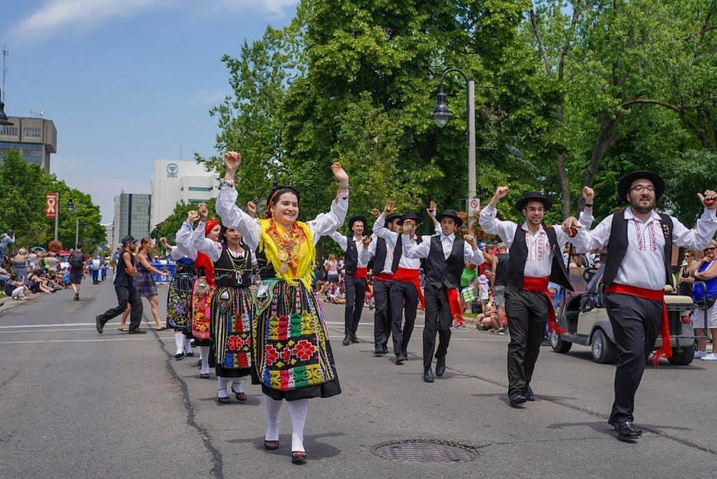
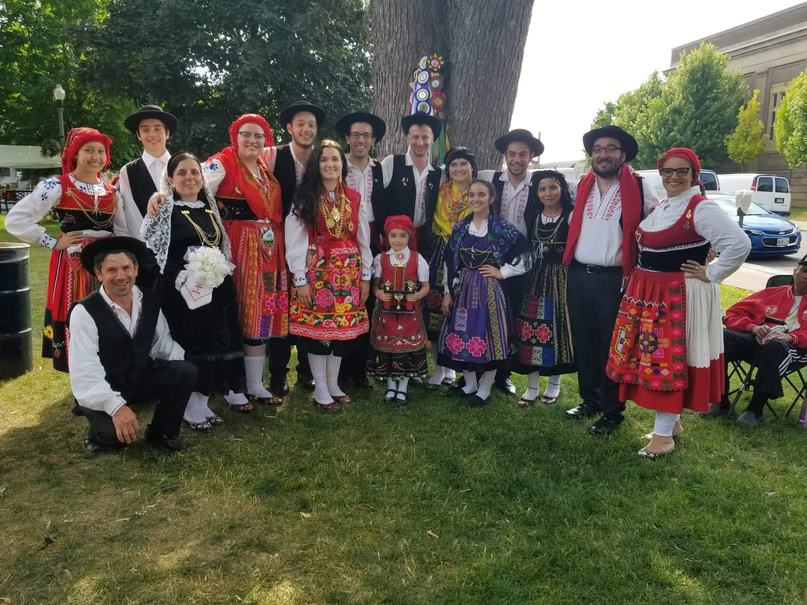
There is no better example of the cultural significance of all these roles than the Northern Portugal Cultural Centre.
One of our website creators, Marco Pereira, has been part of this community centre for his entire life, so here he is sharing his words on the remarkable impact that it has had on him:
“I don’t think I can remember a time when the Portuguese Club wasn’t in my life; that’s the crazy part.”

Passing Down Traditions
“The Northern Portugal Cultural Centre literally ticks every box in showcasing how significant a cultural practice can have on people. I have been part of the dance group (Rancho) for the past decade and have seen my culture grow countless times since dancing. I have learned countless tidbits about the dances themselves, from the costumes to the music, the meaning of colours, certain Portuguese words, and so on. A handful of traditions have been passed onto me through just dancing alone.”
Preservation of Heritage
“Over the years, I have also seen countless members in the Rancho grow up, move for school, and subsequently, younger kids grow to take their place. We also have members who solely used to dance, now taking up learning instruments, like the Concertina, to expand their impact on the cultural practice even further. This form of dancing has and will be preserving our culture and these beautiful dances for years to come.”
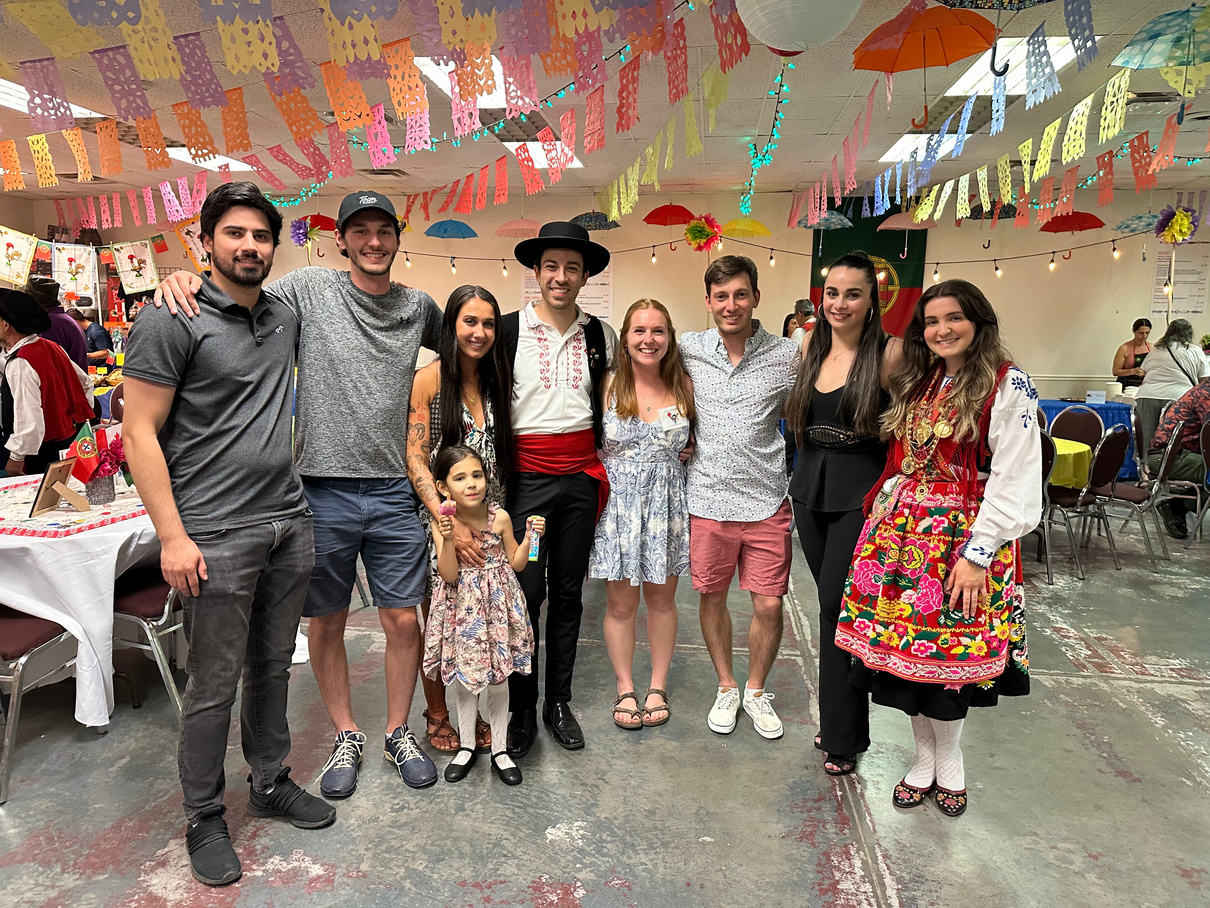
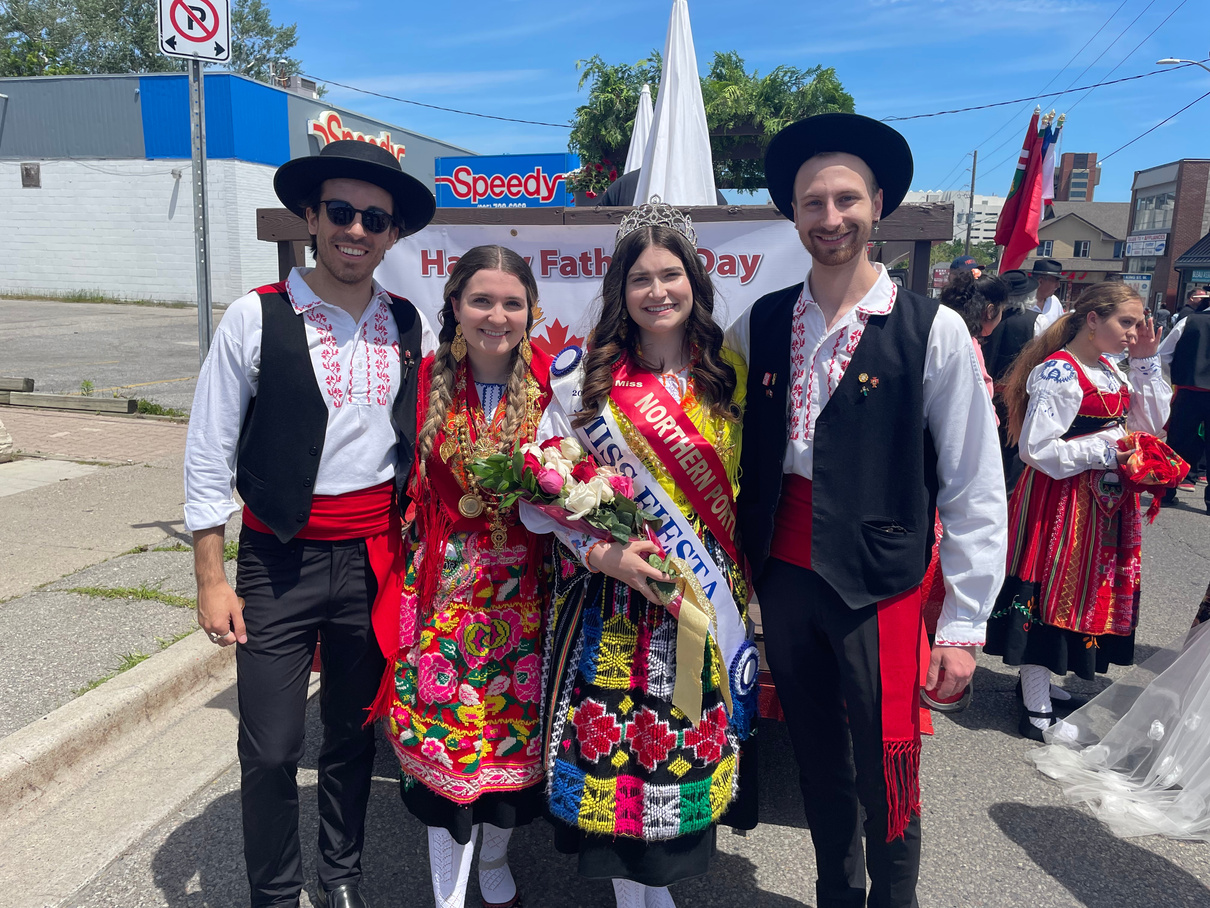
Community Bonding
“I have always considered the Portugues Club my home away from home. It is where I grew up in so many ways, where I grew out of my shell, and where I connect with family and friends that I have kept close with for decades due to the monthly festas and gatherings. Some of my closest friendships have grown out of that community, mainly through dancing. I think of them not only as my dance partners or my teammates but as my friends. We have all grown together failed together and learned together. These traditional dances have helped us create such a strong community bond.”
Touristic and Cultural Representation
“And I think nothing can showcase just how all these things can come together to embrace a culture than Oshawa’s annual Fiesta Week. This week consists of many cultural pavilions opening their doors to the public so that “tourists” can experience that culture. And at the forefront of this is our traditional Portuguese dancing. Our dancing plays a vital role in the country's cultural representation to different eyes worldwide. More often than not, dancing is one of the first things introduced to tourists as an integral part of the authentic Portuguese experience. The people coming to enjoy our shows have usually never been to Portugal or even experienced the Portuguese culture before, but having our dancing showcase just how vibrant our country is is something that I think sticks with these visitors and makes them think of our cultural practice very fondly.”
Interview
Here is an interview with Katrina, who is a lifelong Portuguese Dancer. She’ll share insights into the dancing culture, her experience, and how it brings a community together. Enjoy!
References
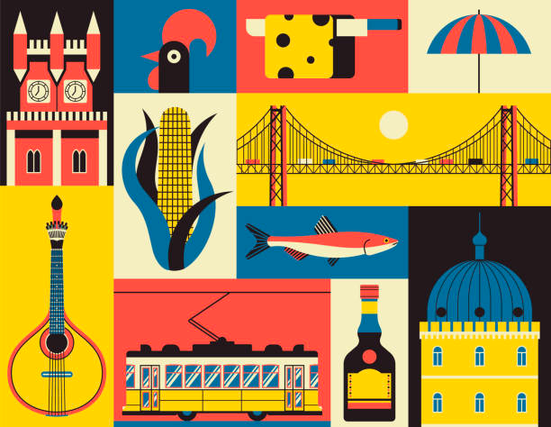
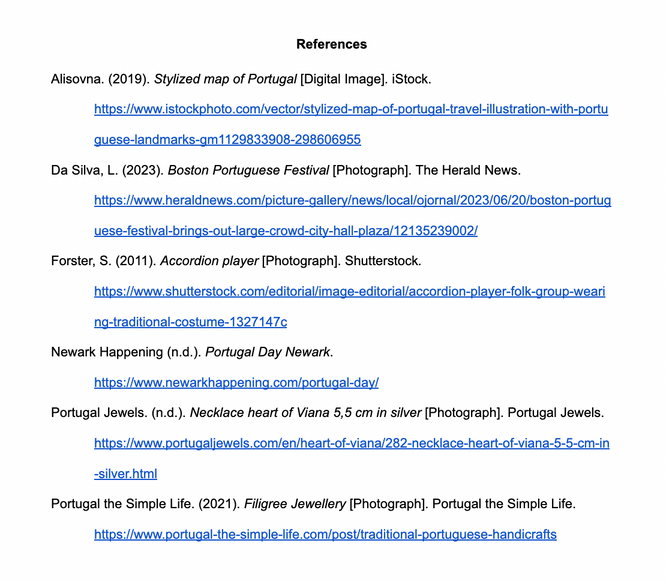
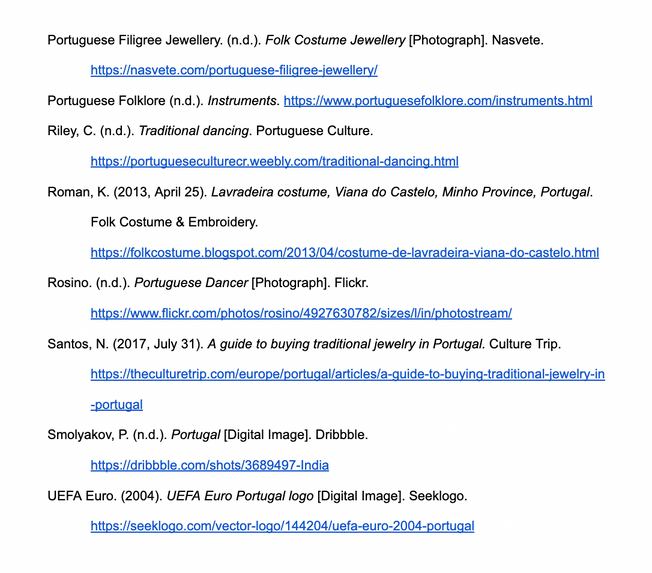
(Smolyakov, n.d.)
*All other photos and information were taken from Marco’s personal hard drive. Permission was granted before using